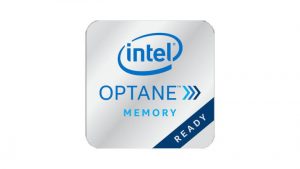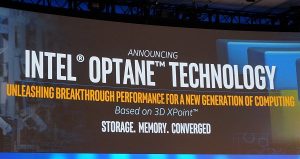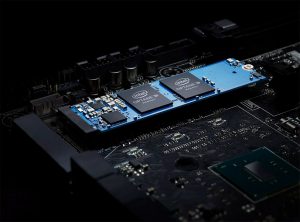

Intel just announced their newest family of products, dubbed Intel Optane Memory. More than a simple upgrade, it provides an entirely new form of memory for your computer. Based on the 3D Xpoint architecture we’ve been waiting for, it is said to be as fast as the DRAM memory found in modern-day PCs while still maintaining the stability of the NAND memory used in the solid state drives of our smaller devices. And what’s even better, it can be easily added to your PC via the M.2 slot on your motherboard.




The Optane memory will come in two different sizes when it goes on sale on April 24. The 16GB version will set you back a meager $44, while the 32GB version will retail for $77.

 Laptop & Tablet Parts
Laptop & Tablet Parts




















